This is the list of projects where the MOEMS Group is involved:
ROBOT [Sept. 2017 - in progress] 
Partner [Inserm Plan Cancer, 3 partners]
Robotics and Optical Coherence Tomography for optical biopsy in the digestive tract.
DOCT-VCSEL [May 2016 - in progress] 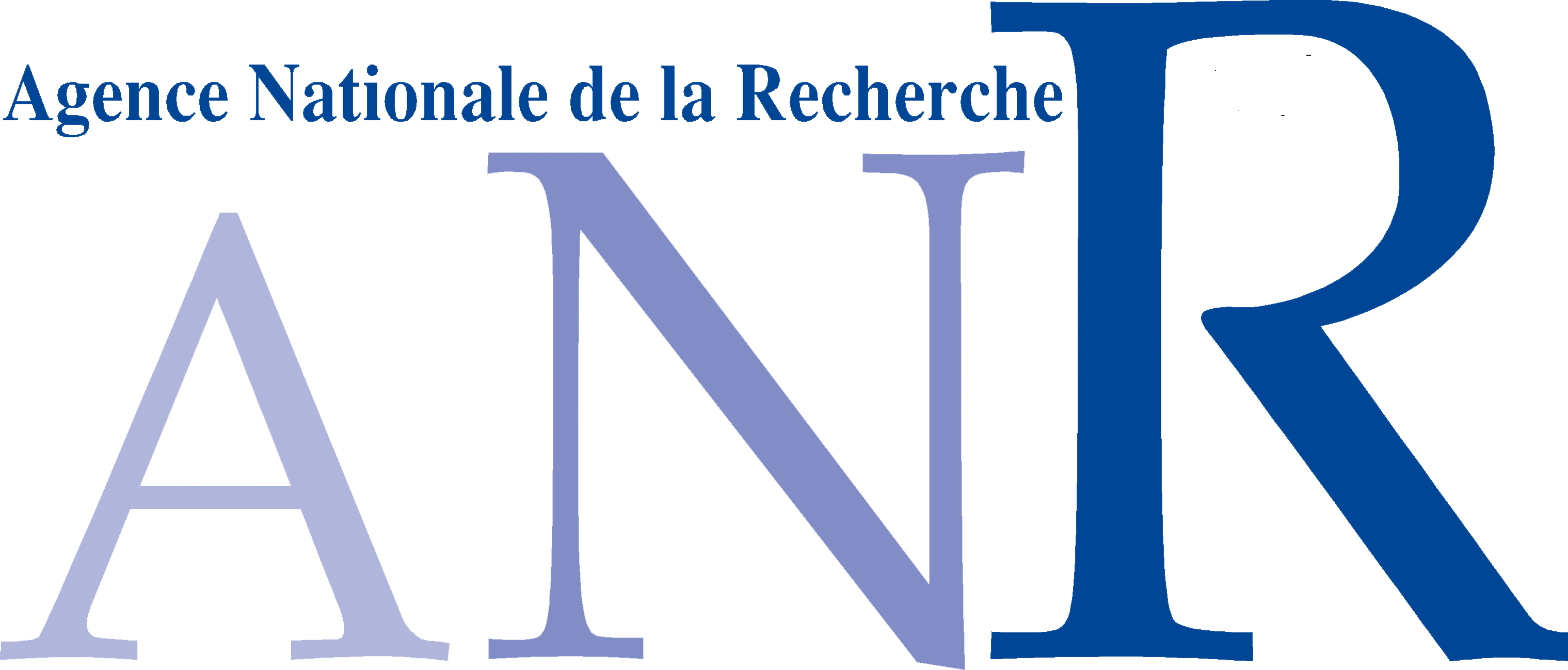
Partner [ANR, 3 partners]
Portable Optical Coherence Tomography with MEMS-VCSEL swept-sources for skin analysis.
The goal is to develop a miniature swept laser source based on MEMS-VCSEL for its integration in an array type OCT microsystem.
HABAC [Dec. 2013 - Jan. 2016]
Partner [DGA RAPID, 3 partners]
Towards a low-consumption atomic clock.
ACTPHAST [Nov. 2013 - Sept. 2016] 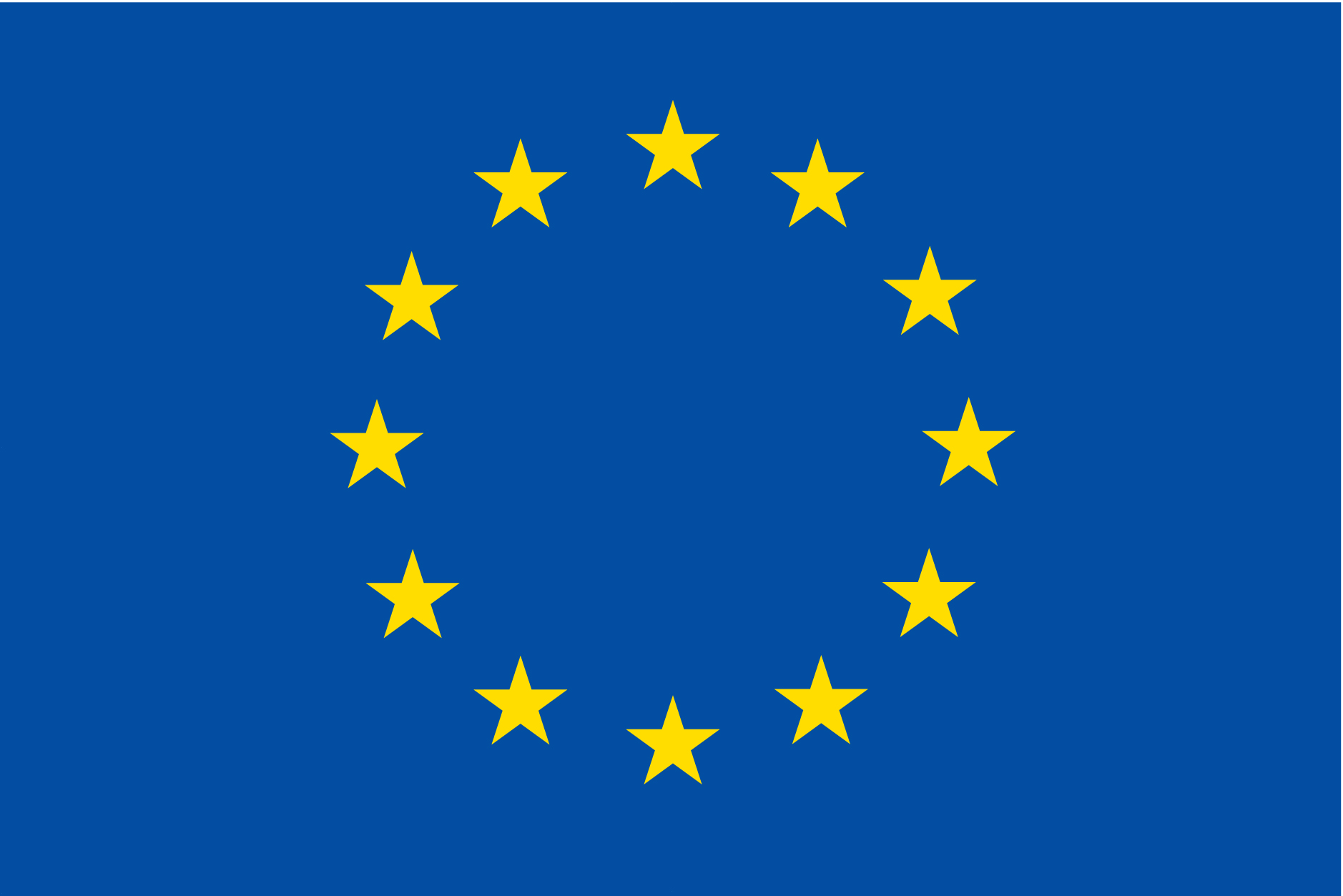
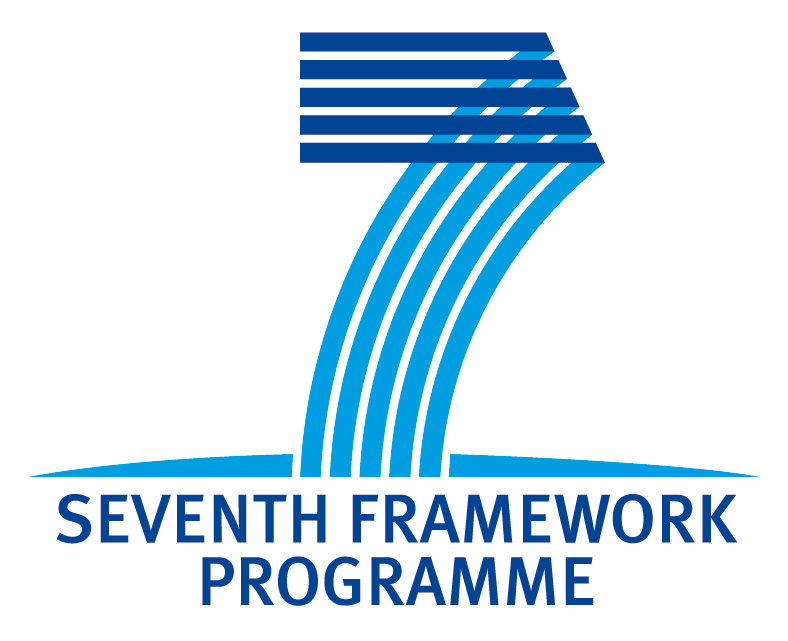

Partner [EU funded, FP7, 23 partners]
ACTPHAST (Access CenTer for PHotonics innovAtion Solutions and Technology Support) is a unique “one-stop-shop” for supporting photonics innovation by European companies, which is financially supported by the European Commission under the FP7 framework (Grant Agreement No. 619205). ACTPHAST supports and accelerates the innovation capacity of European companies by providing them with direct access to the expertise and state-of -the-art facilities of Europe's leading photonics research centres (the ACTPHAST partners), enabling companies to exploit the tremendous commercial potential of applied photonics. There are 23 research institutes who together make up the ACTPHAST Partners. Together the ACTPHAST Partners provide a full spectrum of photonics technology platforms ranging from fibre optics and micro optics, to highly integrated photonic platforms, with capabilities extending from design through to full system prototyping.
MISTIC [Jan. 2013 - June 2016] 
Partner [ANR, 3 partners]
Micro-générateurs Stirling pour la récupération d'énergie thermique basse température.
VIAMOS [Oct. 2012 - Apr. 2016] 


Coordinator [EU funded, STREP FP7 ICT, 8 partners]
Early diagnosis of skin cancer is essential since it can be treated more effectively when detected earlier. Visual inspection followed by histological examination, is still today, the gold standard for clinicians. However, a large number of unnecessary surgical procedures are still performed. New diagnostics aids are emerging including the recent techniques of optical coherence tomography (OCT) which permits non-invasive 3D optical biopsies of skin, improving patient's quality of life. Neverthless, the exisiting bulk systems are expensive, only affordable at the Hospital and thus, not sufficiently used by physicians or dermatologists as an early diagnosis tool. The goal of VIAMOS is to benefit from advanced MOEMS technologies, enabling a new generation of miniature instruments. The challenge is to provide handheld, low-cost, fully parallel spectral domain miniature OCT devices (cheaper, smaller), adapted for early daignosis of cutaneous pathologies. To match these objectives, VIAMOS brings together an experienced consortium made of 2 academic institutions (University of Franche-Comté, University of Stuttgart), 3 research institutes (VTT, Fraunhofer Insitute, CSEM) and 2 industrials (DermoScan, Statice), covering MEMS & MOEMS, photonics & OCT, microscopy, system integration and dermatology. A unique team of transverse expertise is gathered in VIAMOS to design and demonstrate a miniature solution for in vivo 3D skin imaging to further address the early diagnosis of cutaneous pathologies that will potentially benefit millions of people worldwide.
ISIMAC [Dec. 2011 - Apr. 2015] 
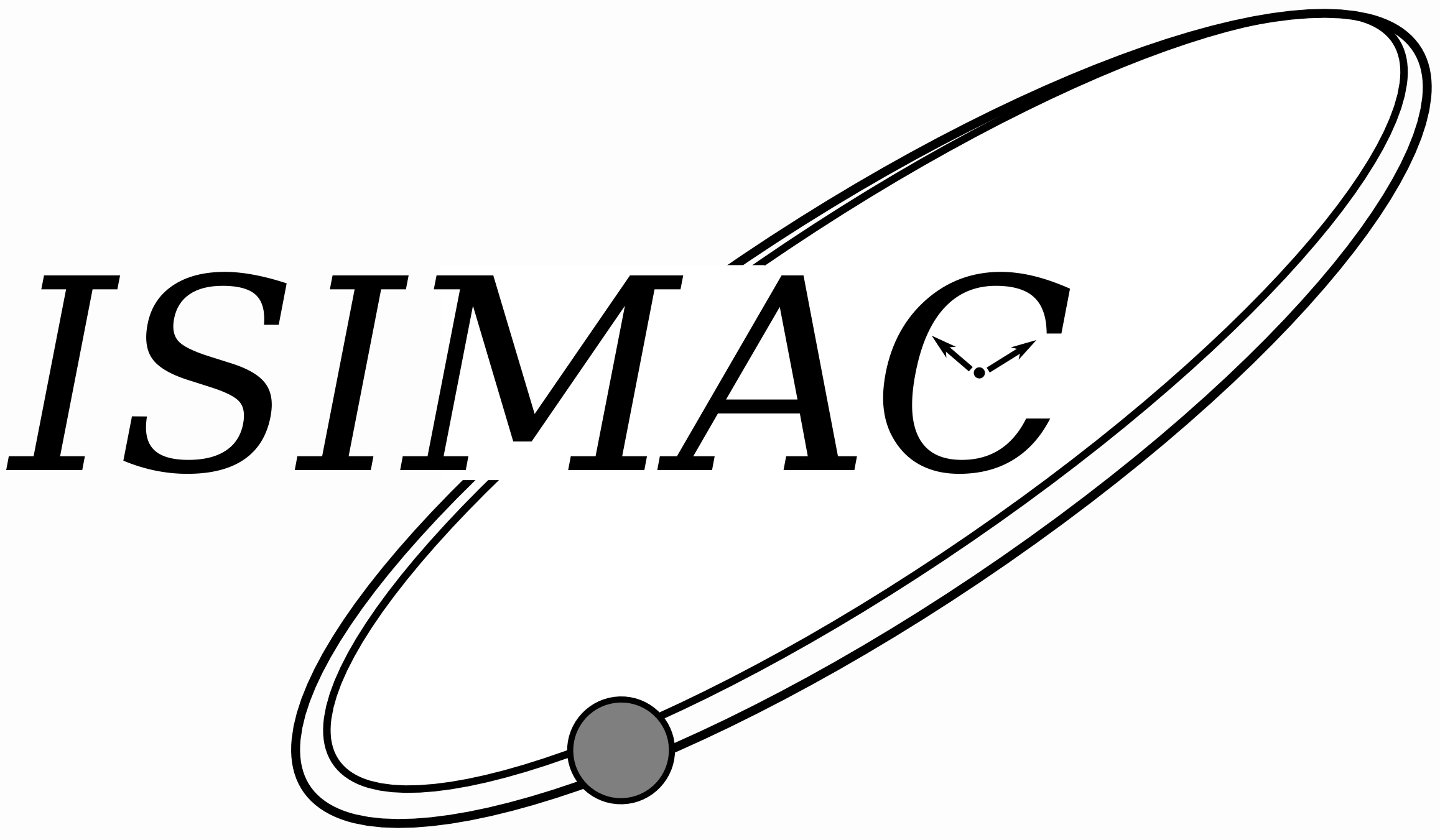
Coordinator [ANR, ASTRID, 2 partners]
The ISIMAC consortium, based on compentencies of FEMTO-ST & SYRTE laboratories, aims at proposing innovative sicentific and technological solutions in order to improve miniaturized atomic-clocks performances based on coherent population trapping.
DWST-DIS [Oct. 2010 - April 2014] 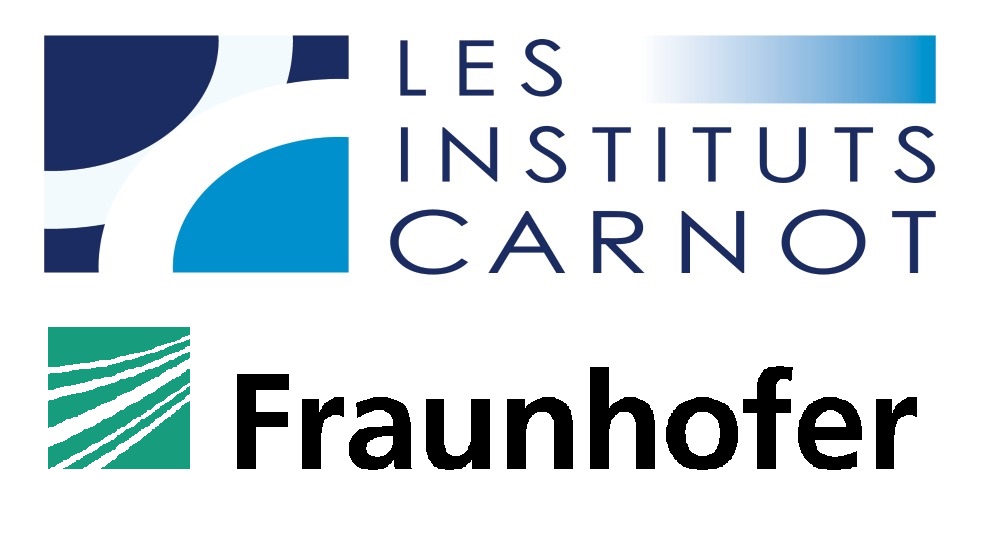
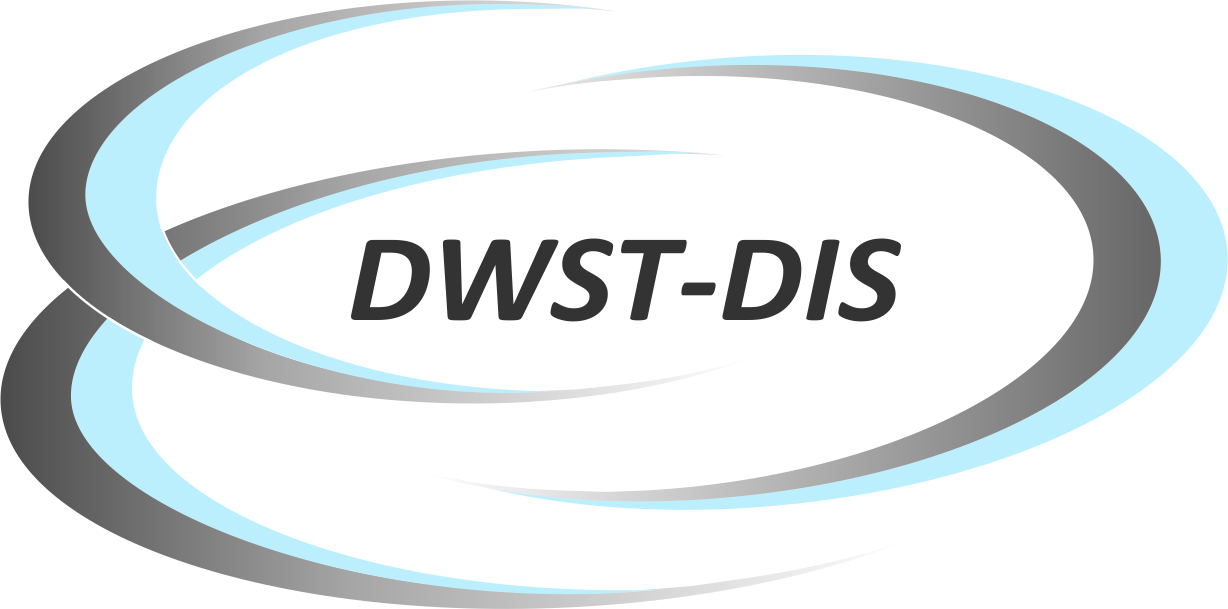
Coordinator [PICF, 2 partners]
The main goal of DWST-DIS is to design, develop and validate experimentally a fully integrated micro-optical scanner, suitable for a wide number of imaging systems such as the confocal microscopes or OCT probes.
DWST-DIS is funded by the Programme Inter Carnot Fraunhofer, a joint-programme from the Federal MInistry of Education and Research (BMBF) and the Agence Nationale de la Recherche (ANR) for collaborative research and innovative projects between Fraunhofer Institutes and Carnot institutes.
ACTMOST [Sept. 2010 - Aug. 2013] 


Partner [EU funded, FP7, 14 partners]
ACTMOST is a platform that facilitates industrial access to photonics experts and micro-photonic technologies in order to stimulate industrial product innovation in Europe. 14 high tech research laboratories from 6 EU member states, ACTMOST act as an efficient "one-stop-shop" solution provider for European Companies. ACTMOST encompasses the entire food-chain of micro-photonics: from optical design,to measurement, prototyping, packaging, all the way to proof-of-concept demonstration, reiability testing, and pre-prodcution level fabrication.
ACTMOST pro-actively provides SMEs and large-scale companies with timely, cost-effective, and investment-free access to cutting-edge micro-photonic technologies and knowledge through user projects or through personalized hnds-on trainings of industry staff in the highly-advaned laboratories of the ACTMOST technology partners.
MAC-TFC [Sept. 2008 - Feb. 2012] 

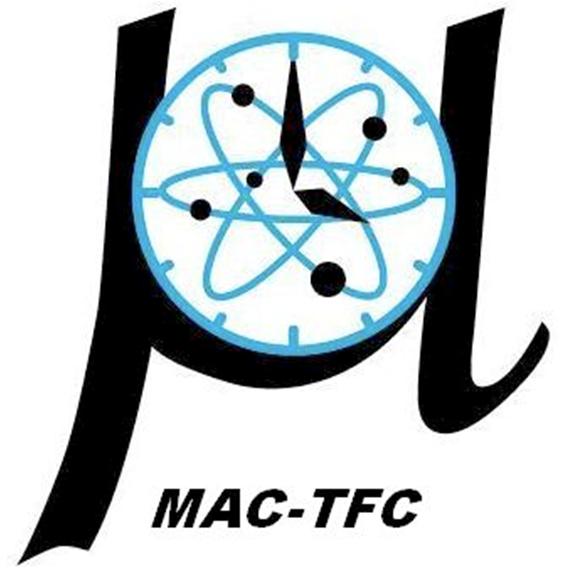
Coordinator [EU funded, STREP FP7 ICT, 10 partners]
Atomic clocks provides enhanced accuracy, stability, and timing precision compared to quartz-based technologies. However, the size and power consumption of existing atomic clocks far exceeds those of quartz-based clocks, preventing their deployment in portable applications.
The technology of Micro Electro Mechanical Systems (MEMS), with its ability to shrink mechanical features and mechanisms down to micron scales, already provides substantial size and power reduction for applications spanning wireless communications, sensors, and fluidic systems, and is now emerging to provide similar advantages for frequency and timing references. To this aim, MAC-TFC brings together a consortium made of five major academic institutions, two research institutes and three industrial partners. The goal of the MAC-TFC proposal is to develop and demonstrate all the necessary technology to achieve an ultra-miniaturised, low-power caesium atomic clock, operating on the power of an AA battery, with less than 200 mW power consumption. The main application of miniature clock will be the wireless synchronisation. .
SMARTIEHS [April 2008 - July 2011] 


Partner [EU funded, STREP FP7 ICT, 8 partners]
SMARTIEHS develops a smart, high-speed, cost effective and flexible inspection system for production of Micro(Opto)ElectroMechanicalSystems (M(O)EMS). SMARTIEHS decreases the inspection time of a wafer by a factor of 100. It cuts production costs and shorten the time-to-market. To achieve this, SMARTIEHS develops an innovative measurement concept: a probing wafer consisting of an array of micro optical sensors is adapted to and aligned with the wafer under test. The design and production of the micro-optical interferometer array inspects 100 M(O)EMS structures within only one measurement cycle. A multifunctional approach of the measurement concept allows the inspection of passive and active parameters within one inspection system. A novel smart pixel detector array is developed. SMARTIEHS provides a multifunctional design with two interferometer configurations; a low coherent interferometer and a laser interferometer. The project focuses on the measurement of shape and deformation, resonance frequency and vibration amplitude distribution.
...
